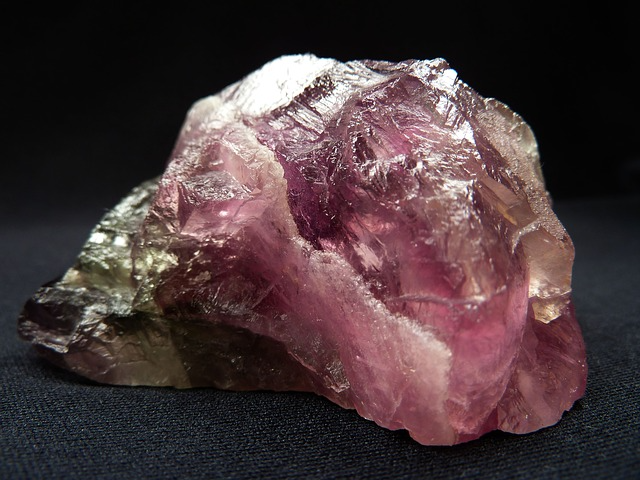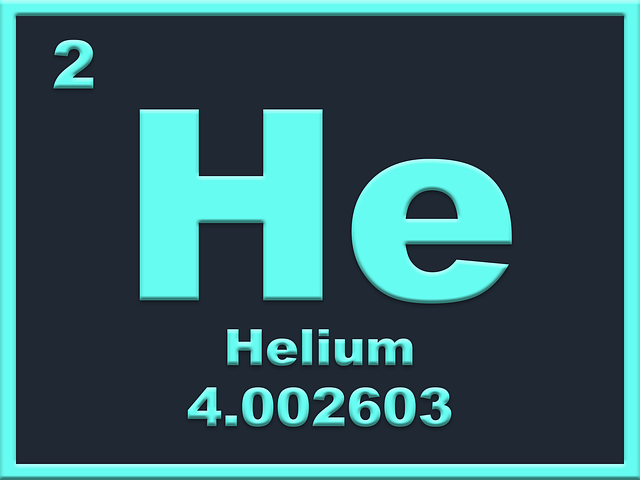Fluorine is a chemical element with atomic number (proton number) 9. It is represented by the symbol F. It has nine protons and electrons and 10 neutrons. Its location in the periodic table is in the group 17 ( halogen family), and 2nd period. It is p-block element. Its electronic configuration is 1s2, 2s2, 2p5. There are two electrons in the innermost shell (K) while seven electrons are in the outermost shell (L). The oxidation states of fluorine is −1. The standard atomic weight of fluorine is 18.99 amu. In gaseous state it has yellow pale colour and bright yellow at liquid state. There are 17 known isotopes of fluorine in which only one is stable isotope the remaining are radioisotopes.
Who discovered fluorine?
It was known to different scientists. French physicist André-Marie Ampère wrote a letter to Sir Humphry Davy in 1812 suggested that hydrogen and an element analogous to chlorine constituted hydrofluoric acid. Henri Moissan discovered and isolated Fluorine for which he was awarded Nobel Prize in Chemistry in 1906.





